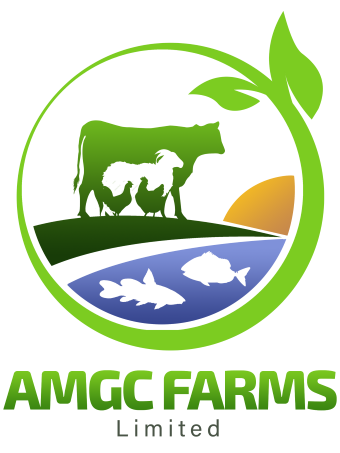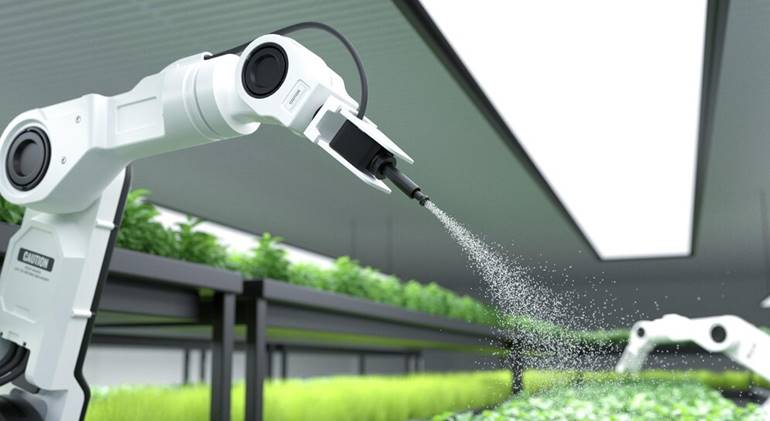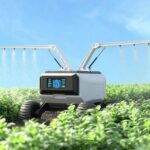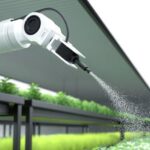The Digital Revolution in Farming
Imagine a farm where drones fly overhead, scanning crops for disease, sensors track soil moisture levels, and AI-powered robots harvest ripe fruits—all while a farmer monitors the entire operation from a smartphone app. Welcome to precision agriculture and smart farming, the high-tech future of food production.
With climate change, population growth, and resource scarcity posing threats to global food security, precision agriculture is emerging as a game-changer, optimizing yields, reducing waste, and improving sustainability. In this post, we’ll explore the latest trends, technologies, and future possibilities of this exciting agricultural revolution.
1. What is Precision Agriculture?
Precision agriculture (PA), also called smart farming, is a data-driven approach to farming that uses advanced technologies to make agricultural processes more efficient, productive, and environmentally friendly.
According to Bist et al. (2024), precision agriculture involves real-time data collection and automation to enhance farm decision-making. Farmers can now monitor soil health, detect pests, and optimize irrigation with pinpoint accuracy.
Key Features of Precision Agriculture:
✅ GPS-guided tractors for precise planting and fertilization.
✅ Drones and satellites for real-time crop monitoring.
✅ AI-powered analytics to predict weather patterns and pest outbreaks.
✅ IoT sensors to track soil moisture, pH, and temperature.
✅ Automated irrigation and fertilization systems to conserve water and reduce costs.
Figure 1: Comparison of Precision Agriculture vs. Traditional Farming in key factors such as yield increase, cost reduction, water efficiency, and labor reduction. (Source: Generated using data-driven estimates from Bist et al., 2024; Kangiwa & Umar, 2024; Shafik et al., 2024.)

2. The Game-Changing Technologies Behind Smart Farming
Precision agriculture wouldn’t be possible without cutting-edge technology. Here’s a look at the top innovations transforming modern farming:
2.1 Internet of Things (IoT) in Agriculture
🌍 IoT sensors collect real-time data on soil, weather, and crop health. Farmers can access this information via mobile apps, allowing for instant adjustments in irrigation, fertilization, and pest control (Kangiwa et al., 2024).
🔹 Example: Smart irrigation systems use IoT sensors to measure soil moisture and automatically water plants, preventing overuse of water.
2.2 AI & Machine Learning in Farming
🤖 Artificial Intelligence (AI) helps farmers make data-driven decisions. AI analyzes satellite images, detects disease outbreaks, and predicts crop yields (William et al., 2024).
🔹 Example: AI-powered cameras on tractors can identify weeds and spray herbicide only where needed, reducing chemical use by up to 90%.
2.3 Drones and Satellite Imaging
🚁 Drones provide farmers with aerial imagery to spot crop diseases, pest infestations, and irrigation issues. Satellite imaging helps with large-scale land monitoring (Shafik et al., 2024).
🔹 Example: A farmer can detect water-stressed crops and adjust irrigation accordingly, improving efficiency.
2.4 Robotics and Automation
🤖 Agricultural robots are taking over tasks like planting, weeding, and harvesting. These robots are faster, more precise, and work 24/7, reducing labor costs (Niyonzima, 2024).
🔹 Example: Robotic strawberry pickers harvest ripe fruit 10x faster than humans, increasing productivity.
3. The Benefits of Precision Agriculture
🌱 1. Higher Crop Yields and Better Quality
Precision farming ensures optimal plant growth by delivering the right amount of water, nutrients, and protection. AI models predict optimal harvest times, ensuring maximum yield and higher-quality produce.
🌎 2. Reduced Environmental Impact
By minimizing fertilizer, pesticide, and water usage, precision agriculture significantly lowers pollution and reduces greenhouse gas emissions.
🔹 Example: Studies show that precision farming can cut water usage by 30% and reduce chemical runoff into rivers and lakes (Kumar et al., 2024).
💰 3. Lower Costs and Higher Profits
💵 Smart farming reduces input costs (water, fertilizer, labor) and increases efficiency, making farming more profitable.
🔹 Example: AI-driven automated irrigation saves farmers thousands of dollars annually by reducing unnecessary water waste (Keskin & Sekerli, 2024).
🧑🌾 4. Less Labor Dependency
With labor shortages affecting global agriculture, robotics and automation help farmers do more with fewer workers.
🔹 Example: Autonomous tractors can plant, fertilize, and harvest crops with minimal human supervision.
4. Challenges of Smart Farming
While precision agriculture has many benefits, challenges remain:
🚧 High Initial Costs – Smart farming technologies require large investments, making adoption difficult for small-scale farmers.
⚡ Limited Connectivity in Rural Areas – Many farms lack access to reliable internet, preventing real-time data collection.
📊 Data Privacy Concerns – As farming becomes more digital, farmers worry about corporate control of agricultural data.
5. The Future of Precision Agriculture
🔮 The future of farming will be fully automated, AI-powered, and data-driven. By 2030, experts predict:
🌱 More AI-driven farms with autonomous robots handling most agricultural tasks.
📡 5G-powered smart farms, allowing real-time data transmission from sensors to farmers.
🚜 Self-driving tractors and harvesters, increasing efficiency.
🔬 Advances in biotechnology, including drought-resistant and pest-resistant crops.
According to Ilango (2025), hyperautomation—the combination of AI, IoT, robotics, and big data—will make precision farming the global standard for food production.
6. Conclusion: A New Era of Agriculture
Precision agriculture is revolutionizing farming, making it more sustainable, efficient, and profitable. With AI, IoT, drones, and automation, farmers can produce more food using fewer resources, addressing global food security challenges.
🚀 The future of agriculture is smart, and the revolution is already here. Whether you’re a farmer, investor, or tech enthusiast, precision agriculture presents exciting opportunities.
💡 What do you think?
- Should farmers embrace more technology or stick to traditional methods?
- Do you believe AI and robotics can truly replace human labor in farming?
Let’s discuss in the comments! 🌾💬
References (APA 7th Edition)
Shafik, W., Tufail, A., & Apong, R. A. (2024). Internet of Things for Smart Agricultural Practices. Taylor & Francis. Retrieved from https://www.taylorfrancis.com/chapters/edit/10.1201/9781003458401-13/internet-things-smart-agricultural-practices
Bist, R., Bist, K., Poudel, S., Subedi, D., Yang, X., & Paneru, B. (2024). Sustainable poultry farming practices: A critical review of current strategies and future prospects. Poultry Science. Elsevier. Retrieved from https://www.sciencedirect.com/science/article/pii/S0032579124008745
Kangiwa, B. I., & Umar, M. A. (2024). Enhancing productivity and sustainability in Nigeria’s agriculture using IoT: Prospects and challenges. International Journal of African Research & Sustainable Studies. Cambridge Research. Retrieved from https://cambridgeresearchpub.com/ijarss/article/download/225/236






